What Is The Best FPV Cameras?
Many new pilots ask why most racing drones have two cameras. The referred-to cameras are the FPV and HD cameras. The question asks why professional pilots run both at the same time. Many people wonder why a GoPro camera isn’t good enough. It can’t provide the footage needed to fly a racing drone.
The simple answer to the question above is that FPV cameras serve a different purpose than an HD camera. FPV cameras provide a video feed with low light sensitivity and latency. But, you need HD cameras to record digital HD video in color. To answer the question of “why two cameras?” there are no cameras on the market that are capable of combining both FPV and HD purposes.
What Is An FPV Camera?
As for drones, an FPV camera is a tiny camera attached to the front of a drone. It gives the pilot a first-person view of the drone’s flight as if they were in a jet’s cockpit. Racing drones need FPV cameras to make flying easier and more enjoyable. You get to see exactly what your drone sees, and your eyes become the eyes of the drone.
Some drones have a built-in FPV camera. Others let you attach a separate FPV camera. An FPV camera must output its video as an analog signal, which the VTX can then receive. This purpose-built FPV cameras. FPV cameras have an image sensor attached to a small circuit board. It’s converted the light captured by the camera’s lens into an analog video signal for the VTX.
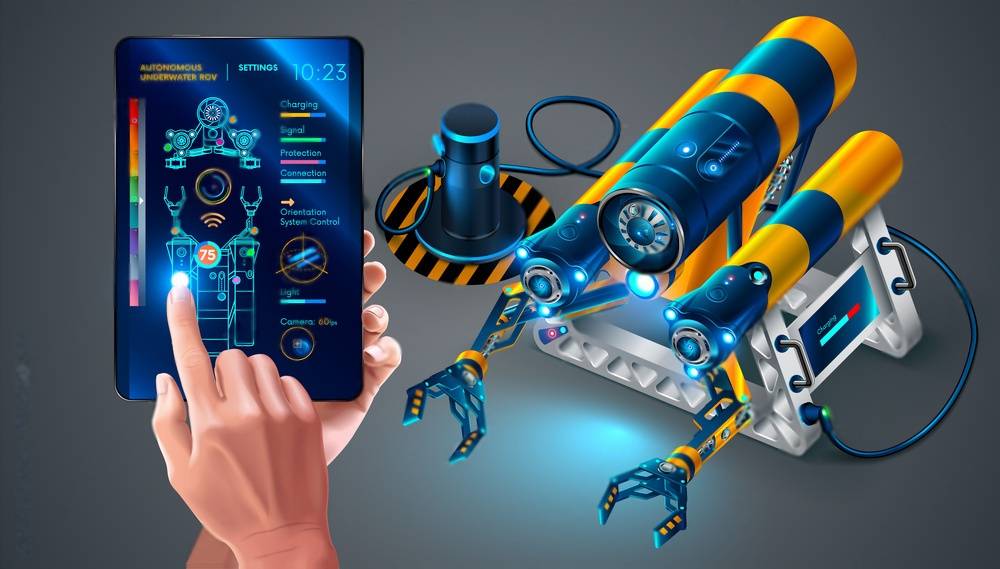
Things to Consider When Choosing an FPV Camera
An FPV camera is one of the most important features in a racing drone’s FPV setup. So, take time to understand the key things to consider to choose the best one. Many pro pilots will admit that the image that’s being viewed on an FPV display is as good as the FPV camera.
Size and Weight
An FPV camera’s size and weight affect its attachment to a frame. FPV cameras were 32x32mm printed circuit boards. They had no protection. The cameras, known as “board cameras”, cried out. The board cameras had exposed parts. They got damaged when the drone crashed. Manufacturers later made changes. They started building FPV cameras with a case. This has become the standard today.
There Are Four Main Sizes:
- Standard (28mm)
- Mini (21mm)
- Micro (19mm)
- Nano (anything smaller)
Dedicated FPV cameras can weight anything between 4g to about 20g. There are FPV cameras. They call them “AIO” (all-in-one) because they include an integrated video transmitter. They are usually tiny and light. But, they do not produce great images. Designers rarely use them on bigger drones. They are made for smaller drones.
Latency
Latency refers to the time it takes for an FPV camera to capture and process an image. This delay between capturing and processing an image varies from camera to camera. Latency is a big factor. Many drone pilots are into high-speed flying or racing. They consider it when shopping for an FPV camera.
Latency is vital. It could be the difference between reacting to an obstacle while racing and crashing into it. Imagine a drone flying at about 100km/h. A latency of about 0.05s means your drone moves 1.4m before you can react.
That you test the latency of the FPV camera you plan to buy. You cannot check it because it is not in the specifications.
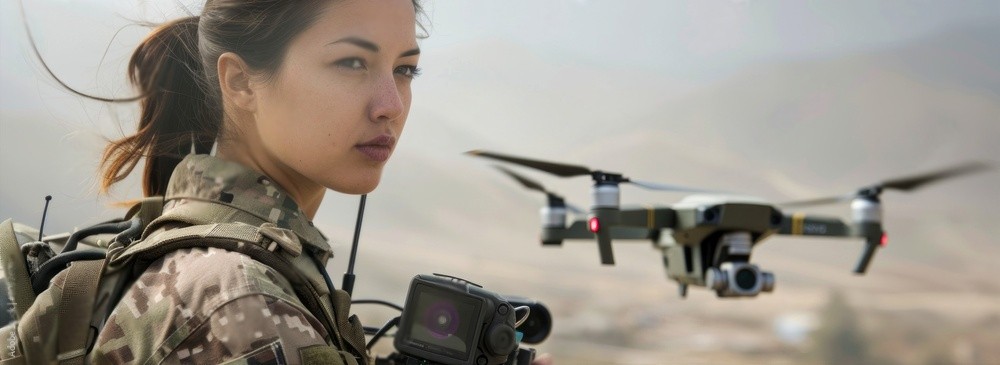
CCD and CMOS
These are the two main types of image sensors found in FPV cameras. CCD and CMOS both have their advantages and unique characteristics.
The CCD sensor is older technology. It was once the go-to image sensor for FPV cameras. Nowadays, CMOS sensors are being used and keep getting better with time.
Let’s take a look at some of the advantages of both CCD and CMOS image sensors.
PROS
- They produce images with warmer colors
- They produce less digital noise in low light conditions
- Their global shutter reduces the jello effect.
CCD
CMOS
- They have lower latency
- They produce higher resolution images, but they may also produce more digital noise.
- The image colors are more neutral
- They are a lot cheaper
- Rolling shutter tends to create a jello effect
FOV (Field of View)
When you go shopping for an FPV camera, you will likely come across FOV. It’s used when talking about lenses with different focal lengths.
Both focal length and sensor size are responsible for field of view. So, knowing your preferred FOV is very important when buying your FPV camera.
A wider field of view lets you see more. This is important for racing or flying close to things. But if your field of view is too large, your image might get distorted and lose quality. The fisheye effect causes this distortion.
NTSC or PAL
When selecting an FPV camera, consider its importance. At times, it’s less crucial. But we’ve included it in case you are curious about it and how it can affect your experience.
Resolution and frame rate are the two things that differentiate NTSC from PAL. Resolution, PAL offers better, while NTSC offers a higher frame rate. If you are more concerned about better age quality, you go for PAL. But if a fluid image is of more importance to you, NTSC is the format to go for.
PAL: 720 x 576 @ 25fps
NTSC: 720 x 480 @ 30fps
Specific regions tie both NTSC and PAL. North America, South Korea, and Japan use NTSC. People use PAL in Australia, much of Europe, Asia, and a large part of Africa. We tell you that you use the preferred format for your region. It doesn’t matter these days. Most formats work with all FPV equipment.
FPV Camera Resolution/ TVL
TVL or TV Lines is a method of measuring analog FPV camera resolution in FPV manufacturing. The measurement depends on the image’s ability to display black and white lines. It’s in a horizontal orientation. This means a 600TVL camera can show 300 white lines and 300 black lines in one frame. So, the more TVL an FPV camera has, the better the quality and definition of the image you’ll get. FPV cameras come with TVL ranging from 600 to 1200.
When considering specifications, focus on the image quality of an FPV camera. Don’t get caught up in the TVL numbers.
What Are The Best FPV Cameras?
1. FXT 800TVL Mini FPV Camera
The lightest camera of its kind in the world, this is the FXT Mini FPV Camera. It measures 16x16x14mm and has a weight of just 3.9 grams. With such a small-sized camera, it really can shoot good quality video.
This FXT has a resolution up to 800TVL, capable of producing images that are rich in quality.
For starters, there’s the D-WDR 2.3 Lens, which exhibits itself as very accessible for a more neutral picture with less contrast. Not less important, you also get a filming angle of 115 degrees view field, which is a much wider view as you fly your drone.
LST-S2 5.8GB 800TVL with 3.6g Mini FPV AIO Camera for RC
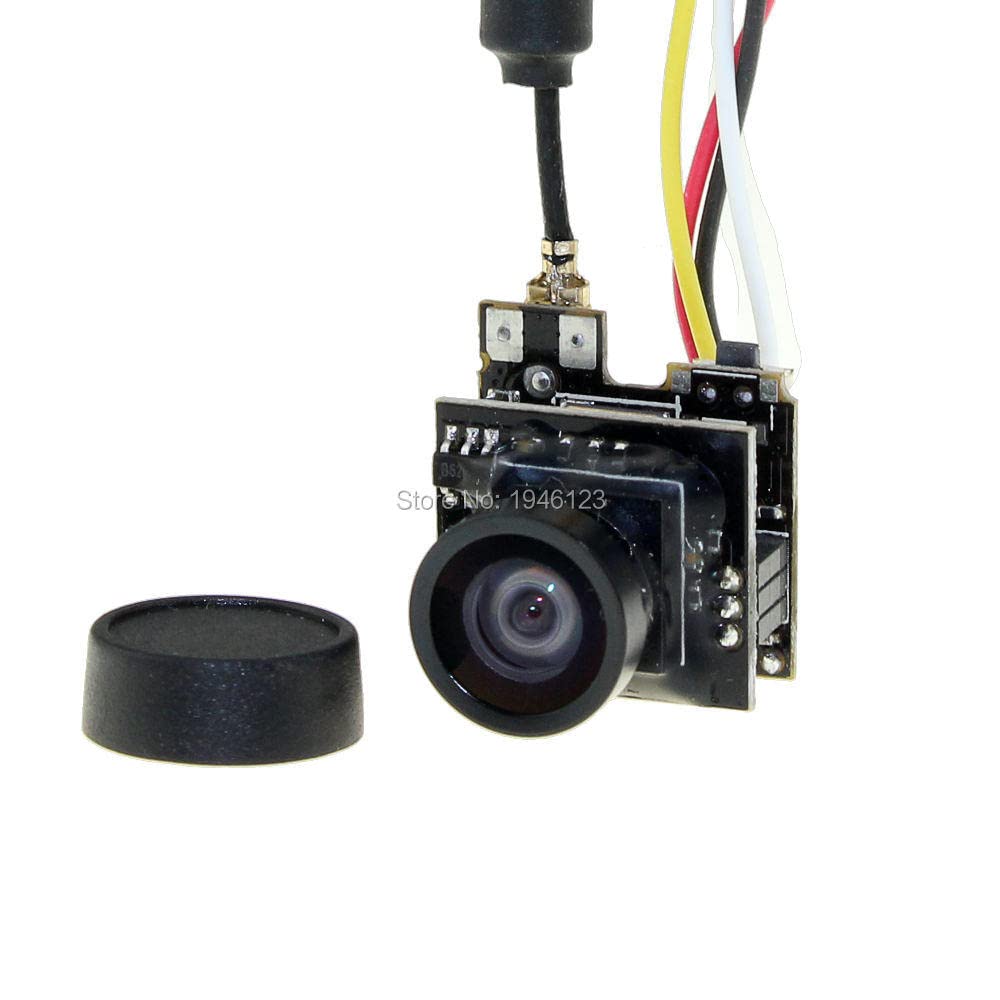
- Brand: MachineToParts
- Model Name: LST S2
- Age Range (Description): Adult
- Video Capture Resolution: 800
- Included Components: camera
- Control Type: Remote Control
The FXT mini supports D-WDR 2.3 Lens, giving you a better image with a more neutral tone and less contrast. You also get a filming angle of 115 degrees field of view, which gives you a wider view while flying your drone.
The OSD has integration. It lets you view data, such as battery voltage and flight time, on your display in real-time. It does this without blocking your view.
Like most FPV cameras, the FXT mini can switch between NTSC and PAL. It also supports screen ratios of 16:9 and 4:3, and it has night vision in black and white.
Pros
- Comes in small size and is extremely lightweight, making it very easy to mount on your drone.
- It is perfect for micro quads and frames with limited space.
- It is supplied with high-quality components.
- It is very easy to set up and it has loads of configurable options.
- It produces crisp images, adjusts well to changes in light intensity.
Cons
- There are noticeable lags.
- It is not suitable for bigger drones
2. RunCam 5 4K FPV Camera Mini Action Camera with Camera Mount and ND8 Filter
Here is an introduction to the RunCam 5 4K FPV camera mini action camera with a Camera Mount and ND8 Filter:
Overview
The RunCam 5 is a light, small 4K action camera. Designed for FPV (first-person view) drone racing and aerial videography. It comes with a protective camera mount and an ND8 neutral-density filter.
Key Features
- 4K Video: Records video at up to 4K 30fps resolution. Also, it supports 2.7K 50fps and 1080p 120fps for smooth slow-motion footage 1.
- The Sony IMX377 Sensor has a high-performance 12MP Sony IMX377 image sensor. It provides excellent image quality.
- The camera has built-in Electronic Image Stabilization (EIS). It provides smoother video. This is true even during high-speed flight.
- Wide FOV: 145° wide-angle field of view is ideal for immersive FPV flying.
- The longer battery now lasts 105 minutes on a single charge. That’s 30% longer than before, thanks to the upgraded CPU.
- It has a rugged design. Sturdy lens protection lets it survive many drone crashes. This makes it well-suited for FPV racing.
Included Accessories
- Protective TPU camera mount with an ND8 filter
- The ND8 filter does reduce exposure in bright conditions to provide clearer video.
Setup and Use
Without a screen, setting up the RunCam 5 is straightforward using a QR code via the RunCam mobile app. It makes adjusting settings easy, even in the field.
It provides compatibility with mounts for the GoPro Session, along with other cube-style action cameras. FPV drones use these. However, users have reported some fitting issues with certain mounts. The RunCam 5 weighs only 16 grams, making it very lightweight. For that reason, it’s frequently used by small FPV racing drones. People tend to compare them with heavier alternatives like the popular GoPro Hero series. The RunCam 5 4K is feature-rich in a very small package, encased and rugged for optimized FPV. The professional racers and freestylers can take videos in 4K quality.
The resolution of the images in the 4K in the RunCam 5 is 800-TVLine. Other features include the wide dynamic range, which gives out some of the best images.
PROS
- The RunCam 5 is lightweight and small. It’s just 56g, so it’s ideal for mounting on FPV racing drones without adding much weight.
- 4K Video records high-quality video at up to 4K 30fps. It also records 2.7K 60fps and 1080p 120fps for smooth slow-motion.
- The new CPU enables up to 105 minutes of 4K recording on a charge. That’s 30-40% longer than it was before, and than its competitors.
- The camera has Electronic Image Stabilization (EIS) built-in. It provides smoother, more stable video. This is true even during high-speed FPV flight.
- Rugged Design: The tough lens protection lets it’s survive many drone crashes. This makes it great for FPV racing.
- It includes a protective TPU camera mount. It also comes with an ND8 filter. The filter reduces exposure in bright conditions.
CONS
- No Screen: There is no built-in display screen. The RunCam mobile app configures the camera via QR code scanning. This method may be inconvenient for some users.
- This camera works with GoPro Session-style mounts. However, some users have reported fit issues with certain mounting accessories.
- The RunCam 5 has limited mounting options. If you use it as a standalone action cam, the options are more limited. This is true when compared to alternatives like GoPros.
- App Usability: A few users have reported that the mobile app is hard to use. This is especially true for the Android version.
The RunCam 5 has great video specs and performance. It comes in a small, light, and durable form designed for FPV drone use. However, the lack of a screen is a trade-off. There are also potential mounting limits to consider.
3. Firefly Split NakedCam V3 4K Ultra HD Anti-Shake FPV Action Camera 170 Degree Wide Angle Cam for FPV RC Racer Drone
Overview
The Firefly Split NakedCam V3 is a high-performance 4K action camera. It’s made for FPV (first-person view) drone racing and aerial videography. It has a wide 170-degree field of view. It has built-in electronic image stabilization. This gives footage a smooth, immersive look.
Firefly Split NakedCam V3 4K Ultra HD
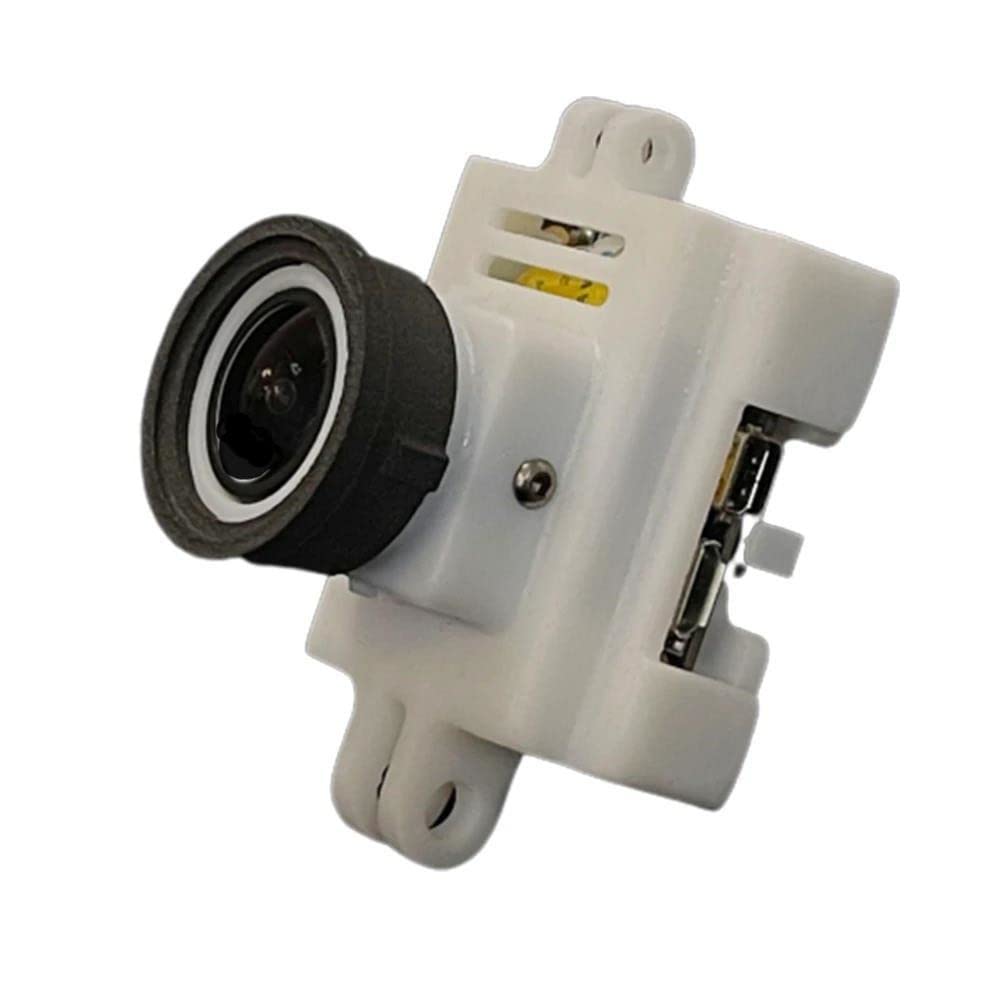
Sub Title
- Brand: GalaxyElec
- Compatible Devices: Monitor
- Installation Type: Surface Mount
- Video Capture Resolution: 4K HD
- Voltage: 25 Volts
- Lens Type: Wide Angle
It records up to 4K resolution video, resulting in breathtaking detail and clarity. Besides that, it supports lower resolutions like 1080p, so it can do high-frame-rate recording.
Key Feature
- Super-wide 170° field of view. This makes it quite large for immersive FPV footage that immerses the viewer into the shoes of the pilot.
- The Electronic Image Stabilization (EIS) will ensure that all shake and vibration from your camera is minimized, hence no much blur from it. The Built-in Gyro does the magic job, producing smooth videos during high-speed FPV flights with big vibrations.
- The package is small and light, weighing only 26.8g, fitting in the category of the lightest cameras available today. Small and light makes the mounting process easy. You will be able to mount it on a small racing drone without experiencing many weight impacts.
- Wide 5-23V voltage input
This device takes the power from the drone battery.
- Provides support for 8-64 GB micro SD cards for adequate recording time
- USB-C port for configuration and file transfer
- Analog video output for connecting FPV goggles and transmitters.
Package Contents
- The NakedCam V3 comes with multiple accessories:
- Camera unit
- Keypad to adjust settings
- FPC
- 19 to 28mm extension module
- SD card protection module
- Power cables
- Mounting screws
- Lens hood
- User manual
Overall, the Firefly Split NakedCam V3 supports amazing 4K recording. It additionally offers image stabilization. These ar
Pros
- It captures high-quality video at resolutions of up to 4K, providing you with amazing detail and clarity in the aerial footage you record.
- Featuring a 170° wide FOV, it’s a perfect way to immerse viewers in in-the-cockpit flying while placing them right in the pilot’s seat.
- It features Electronic Image Stabilization (EIS). EIS will use a built-in gyro to smooth some of the shakes and vibrations normally found in drones. It has supreme video stability for professional work even operating while in a high-speed flight.
- It is lightweight and compact. It weighs in at only 26.8 grams, is very small in size, and can be attached to the smaller racing quads without adding much to the weight of the drone.
- The power input is rather versatile. It will accept any wide 5-23V input voltage happily. Many drone battery setups can power it. You don’t need any extra voltage regulators.
Cons
- No onboard recording. The NakedCam V3 has no SD card slot or recording capability. Video is output via an analog signal. This allows an external DVR or FPV goggles to record it. This adds complexity.
- Configuration requires extras for camera setting changes. You must mount and wire the keypad module, and another component. This adds complexity, unlike cameras with built-in buttons or an app.
- The analog video output is great for FPV. However, it limits compatibility with devices like monitors or computers. They need a digital HDMI output.
- The NakedCam V3 is an FPV-focused camera. It doesn’t record audio. This may be a downside if you want to capture ambient sound or use it as a general-purpose action cam.
Great video quality in 4K from the Firefly Split NakedCam V3, with a wide FOV and several features, including EIS. All in a really compact form, perfect for FPV drones. The con is that it doesn’t include onboard recording, which might be a turnoff for some users. Also, some people might not like that changing the settings requires too many extra accessories.
4. RunCam Thumb Pro FPV Mini Action Camera 4K 16g 150°FOV Remote-Control Recording with Gyroflow Stabilization ND Filter for FPV Drone with ND Filter Set
Overview
The RunCam Thumb Pro is a light, small 4K action camera. It is made for FPV (first-person view) drone racing and aerial videography. It is just 16g, and is one of the lightest 4K cameras available. This makes it perfect for mounting on small FPV drones and cinewhoop quads.
Key Features
- 4K Video: Records video at up to 4K 30fps resolution, as well as 2.7K 60fps for smoother footage.
- 150° Wide FOV: The wide 150-degree field of view captures immersive FPV footage.
- The built-in gyro sensor records motion data. You can use this data with Gyroflow software. It’s created smooth, shake-free video after processing.
- Remote Control Recording allows starting and stopping recording from a distance. It’s very useful for FPV drone use.
- Vertical Mounting: Supports both horizontal and vertical camera orientations for more shot variety.
- You can swap out the protective lens cover for the included ND filters. These filters reduce light in bright conditions and minimize propeller “jello” effects.
Improvements from the Previous Version
The Thumb Pro is a big upgrade from the original RunCam Thumb. It has much better image quality. This makes it a far more usable FPV camera with Gyroflow stabilization.
Included Accessories
The camera comes with ND filters and a 3D printed mount. Some packages also include a large microSD card.
Limitations
It’s a major improvement over the original. But, some users still find the 4K image quality mediocre. This is especially true when compared to larger action cams. The camera also lacks a screen for framing and reviewing shots.
The RunCam Thumb Pro 4K has an impressive set of features and stabilization. It comes in one of the lightest 4K packages available. This makes it a great option for FPV drone pilots. They want to capture high-quality video from the smallest rigs.
PROS
- The Thumb Pro is really lightweight and small. It’s just 16g; it’s one of the lightest 4K cameras. This makes it well balanced for small FPV drones and cinewhoop quads. It doesn’t have much weight.
- The camera records video until 30 fps in 4K and 60 fps in 2.7K, so you can record really nice aerial footage.
- Features Built-in Gyroflow Stabilization. It saves the motion data from the gyro sensor. Well, you can use with Gyroflow software to stabilize the video later. So, you get smooth and professional footage. Widest FOV. At 150° field of view, you will be able to shoot immersive FPV video, where everyone will be placed in the pilot’s seat.
- Remote Control Recording: Users can start or stop recording remotely.
This is especially handy when using drones. • ND filters instead of the lens cover: These filters somewhat minimize the lighting, as well as vibrations under aggressively bright surrounding light conditions.
CONS
- The image quality is average. While it’s substantially better than the original RunCam Thumb, some users still reported that the 4K image quality was closer to average, especially when compared to larger action cameras. The camera has no built-in screen, so you’d have to use it to frame a shot or review footage, which could be quite inconvenient.
- There is a need for post-production treatment of the gyro-stabilized footage. You will have to process it through the Gyroflow software. It is an extra step that you don’t need for cameras with electronic stabilization.
- Its size makes the Thumb Pro lack a battery life because of how small it is. It becomes a problem when you need flights for longer sessions. Action cams with a larger cubic size will last longer with one charge.
The RunCam Thumb Pro is light. It records in 4K and has gyro-based stabilization. These features make it great for capturing high-quality FPV footage from small drones. However, the image quality and lack of a screen may be drawbacks for some users.
5. DJI O3 Air Unit for FPV Drone, Digital Transmission System, 10km Max Range, 1080p/100fps H.265 Video Transmission
Overview
The DJI O3 Air Unit is small and light. It sends digital FPV video. It’s made to provide high-quality, long-range video for FPV drones. It uses DJI’s cutting-edge O3+ transmission tech. It delivers crystal-clear 1080p video at up to 100fps with very low delay.
Key Features
- The O3 Air Unit longs for video transmission with a crystal clear experience, supporting 1080p resolution and 100fps frame rates. It also uses the efficient H.265 video coding format to improve quality.
- Maximum associated transmission ranges use 10 km, which enables one to fly further and further explore in person as the real scene goes.
- The O3 Air Unit is very low latency at 30ms. It sends video at 1080p/100fps to the DJI Goggles, providing snappy, responsive control and real-time video.
- When talking about the hardware, this O3 Air Unit comes with a huge 1/1.7-inch CMOS sensor. It provides the best quality images and low-light performance yet offers much editing flexibility.
- The O3 Air Unit carries the blessing—the ability to shoot video with a wide 155° angle of view at 4K and 60fps. Not confined to live feed, you can shoot quite cinematically from the sky.
Compatibility and Convenience
The O3 Air Unit is compatible with DJI Goggles 2 series, V2 FPV Goggles, DJI FPV Remote Controller 2, 2T2R omnidirectional antennas for stronger experience, and 20GB on-board storage.
Limitations
Some users have reported fairly quick heating up of this unit. It needs extra cooling when adjusting configurations and when on the ground. Third-party OS systems like INAV are also not supported.
The DJI O3 Air Unit performs really well in digital FPV. This little thing serves crystal-clear 1080p video with minimum latency and a whopping 10 km range: a great choice for any kind of FPV pilot who wants to upgrade their view and fly further than ever.
PROS
- That supports up to 100fps with H.265 encoding and 1080p resolution, which gives crystal-clear images for a fascinating FPV experience.
- Its maximum range for the O3 Air Unit is up to 10 km, which means you can fly further and see more. And it always keeps the video stable with high quality.
- Ultra-low latency—only 30ms at 1080p/100fps with the DJI Goggles 2. This allows you to control things easily and see real-time video.
- Very good image quality. It has a large 1/1.7″ CMOS sensor, which, with great image quality and low-light performance, is tremendous. One can achieve greater flexibility in post-production.
- You can record video in 4K resolution at 60 frames per second with the super-wide field of view of 155°, which makes it possible to take really cinematic aerial footage.
CONS
- One issue worth mentioning is overheating. Some users have reported that the unit can overheat. Setup and on-ground use need extra cooling.
- There’s no support for popular third-party on-screen display systems like INAV. This could be a drawback for some.
- The DJI O3 Air Unit is a premium digital FPV system with a high price as opposed to analog alternatives.
- There are some compatibility limitations. The DJI FPV Air Unit works with its own goggles and controllers from DJI, with potentially limited compatibility in comparison to third-party gear.
DJI O3 Air Unit: Superb digital FPV with 1080p video quality, low latency, and long range compared to the Firefly Split NakedCam V3 4K Ultra HD. Some other potential drawbacks include factors for anti-overheating, the absence of third-party add-ons, and high budget.
The NakedCam V3 can shoot breathtaking 4K Ultra HD video in up to 50fps with its 12MP Sony sensor and 170-degree wide-angle lens, allowing you to capture immersive FPV footage. High resolution with great details and clarity.
Built-in Electronic Image Stabilization
One more feature of it is anti-shake. It contains built-in gyro-based EIS for the electronic image ideal for stabilizing motion. Get free of vibes and shakes to have your video much more stable, even through ultimate high-speed, severe vibrations during FPV flights.
Weighing 26.8g with a camera size of 19x19mm, NakedCam V3 is considerably very light and small in its form factor. This makes it easy to install in even the smallest FPV racing drones.
Analog Connectivity in a Versatile Way
It also supports analog video output, meaning that it sends a feed for FPV with low latency to goggles and transmitters. It also has a wide input voltage between 5-23V, meaning most drone battery configurations can power it.
Expandable
The NakedCam V3 also has quite a few useful accessories: a settings keypad, extension modules, and a lens shade. It is fixed with gadgets for expandability to set up this device according to personal demands. Featuring no onboard screen also implies that it requires more parts compared to monolithic action cams. This being said, the Firefly Split V3 NakedCam is a great 4K video and EIS stabilization candidate for one’s lightweight FPV. That makes it one of the best picks for racing and freestyle drone shooting. It is also priced very affordably for what you get in features and performance.

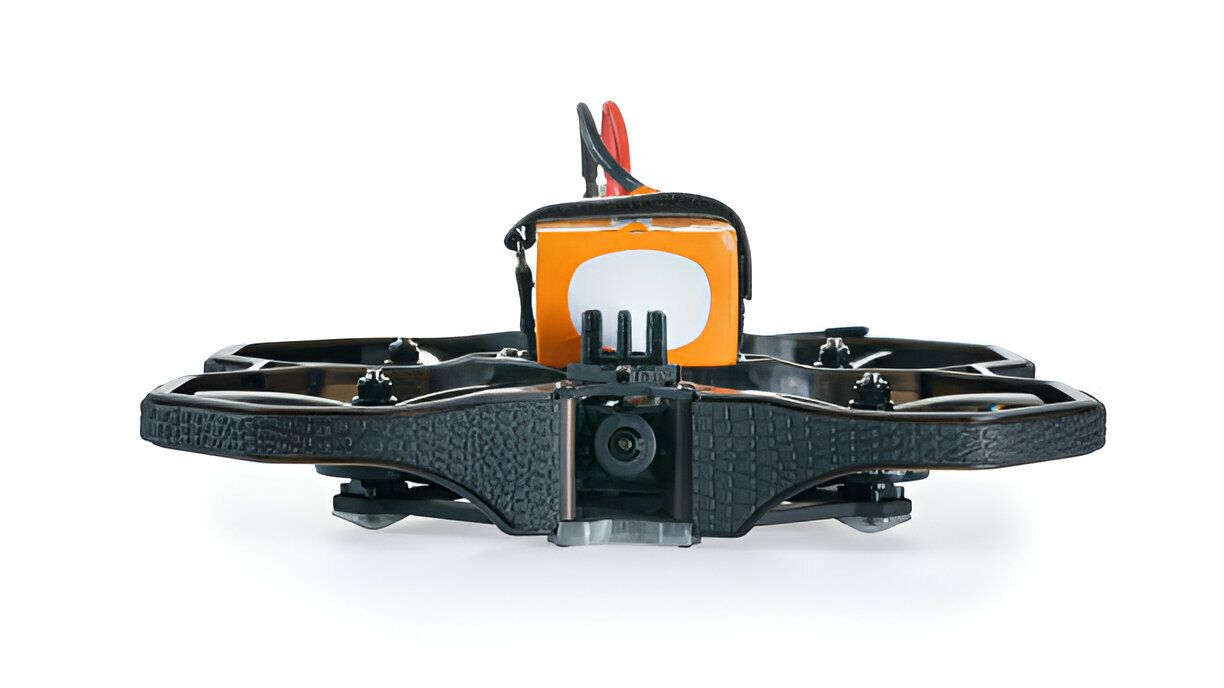



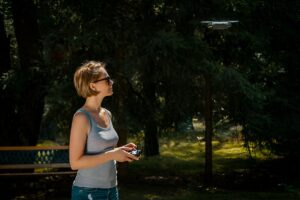

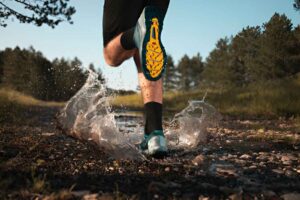

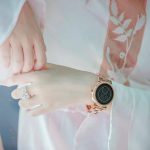
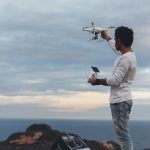
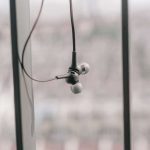
[…] features are anything that you need to believe about. You should also remember that the Best FPV Cameras can have a quick processor and a lot of storage, which could produce for many rapidly saving […]